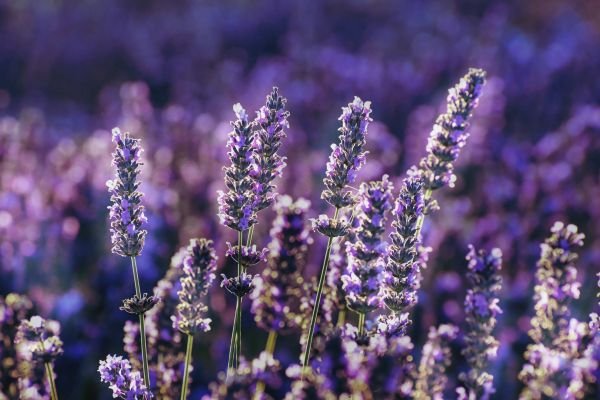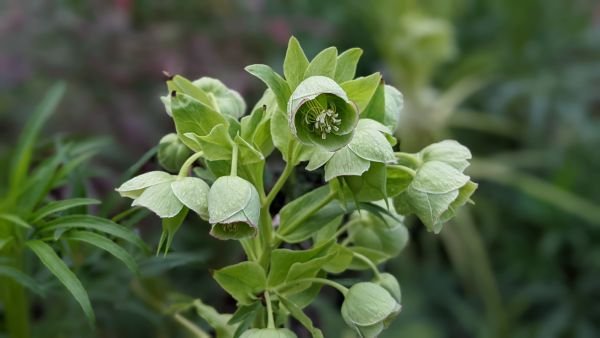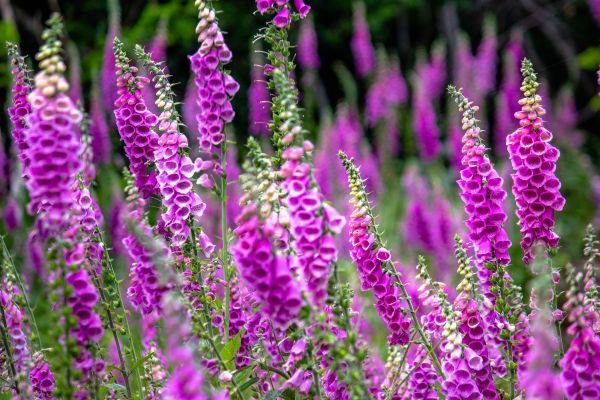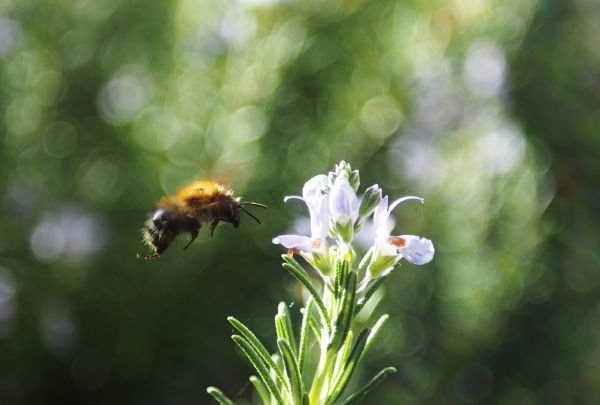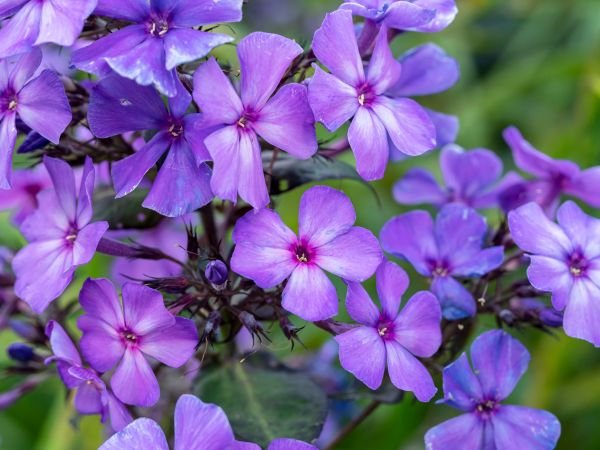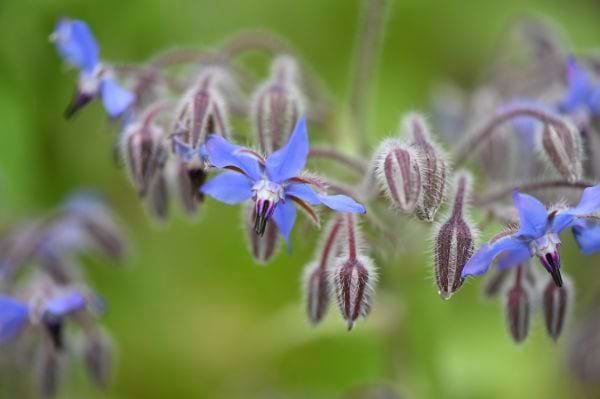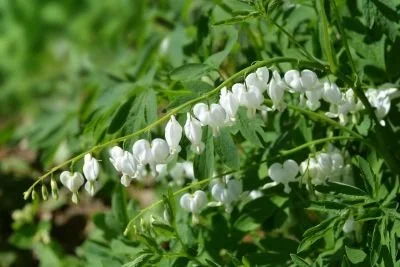Top plants for a bee friendly garden
It’s a staggering fact but every one in three bites eaten worldwide depends on pollinators, especially bees for a successful harvest. Worryingly, despite their importance to our natural world global bee populations are in decline. Climate change, industrial farming techniques, habitat fragmentation and other factors are contributing to their demise. The International Union for Conservation of Nature (IUCN) list shows that as many as 24% of Europe’s bumblebee species are now threatened with extinction, despite being worth a staggering £690 million per year to the UK economy.
At this year’s Chelsea Flower Show there was an impactful environmentally themed attraction aimed at inspiring garden lovers to play their part in balancing our ecosystems through planting more species that sustains bees, our wild pollinators.
The good news is that everyone can play their part if they have an outdoor space, whether a garden or a roof-terrace there are plants that will look beautiful and play their part in helping pollinators thrive.
We are committed to sustainability in all the choices we make from the materials we use, soil considerations and plant selection.
Scented flowers, purple flowers, blue flowers and particular markings on flowers – of whatever colour – all attract bees’ attention. Bees, especially honeybees, are born attracted to the colour purple, it is especially clever as flowers in the violet-blue range produce the highest volumes of nectar!
Here are some of our favourite plants to encourage pollinators:
Lavandula (lavender): highly bred varieties of lavender, including grosso, hidcote giant and gros blue were the most attractive to bumblebees.
Hellebores (Christmas rose): a reliable winter favourite and vital flower for providing early season nectar for any bees out on a mild winter day! The unusual colours, patterns, flecks and ruffles of hellebores are a perfect addition to a winter and very early spring garden, adding beautiful colour.
Digitalis (foxgloves): another tall and slender multi-flowering bloom that always seems to be much loved by bumble bees. The tubular shape of each flower allows the bees to crawl inside each individual flower and get to the nectar, at the same time collecting pollen which is used to feed their young.
Borago officinalis (borage): bees love the shallow bright blue blooms that borage produces. With a long flowering season from Spring through to early Autumn they provide a long window for bees to pollinate and are also useful in salads or a garnish. Other herbs including chives, marjoram, rosemary and sage are also great for both bees and cooking.
Phlox (garden phlox): Phlox paniculata ‘blue paradise’ despite its name, has violet petals with deep purple eyes. And a wonderful scent for everyone, including bees.
Vibernum opulus: (guelder rose): a species of flowering plant in the family Adoxaceae native to Europe, northern Africa and central Asia. In May and June the branches of this vigorous deciduous shrub are covered with large, snowball-like clusters of white or green-tinted flowers. It’s an excellent ornamental plant for a sunny shrub or mixed border with fertile, moist, well-drained soil.
There are plenty more flowering plants that will encourage bees so next time you are choosing plants for the garden do your bit for bees by including a plant variety that will help support them. Read more in our recent blog on artificial grass and soil blogs.
If we can help you with a sustainable garden then please get in touch. You can reach us on 0207 305 7183 or email at enquire@alasteranderson.com



